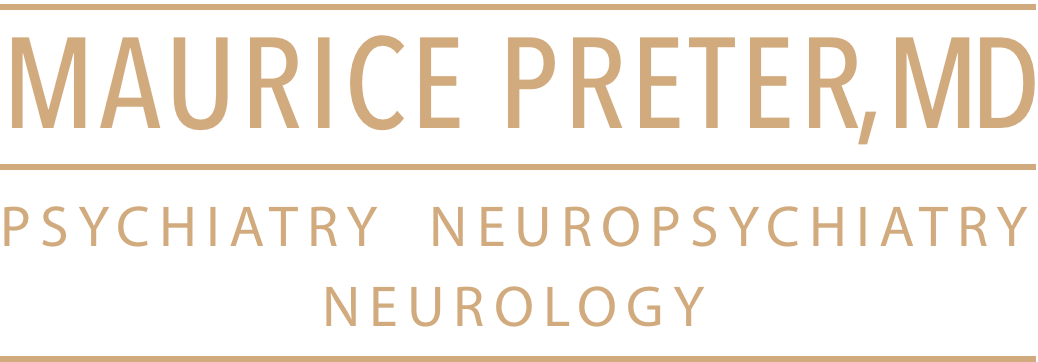| Cochrane Database Syst Rev. 2007 Jul 18;(3):CD004825. | Related Articles, Links |


Psychosocial interventions for erectile dysfunction.
Melnik T, Soares B, Nasselo A.
BACKGROUND: Normal sexual function is a biopsychosocial process and relies on the coordination of psychological, endocrine, vascular, and neurological factors. Recent data show that psychological factors are involved in a substantial number of cases of erectile dysfunction (ED) alone or in combination with organic causes. However, in contrast to the advances in somatic research of erectile dysfunction, scientific literature shows contradictory reports on the results of psychotherapy for the treatment of ED. OBJECTIVES: To evaluate the effectiveness of psychosocial interventions for the treatment of ED compared to oral drugs, local injection, vacuum devices and other psychosocial interventions, that may include any psycho-educative methods and psychotherapy, or both, of any kind. SEARCH STRATEGY: The following databases were searched to identify randomised or quasi-randomised controlled trials: MEDLINE (1966 to 2007), EMBASE (1980 to 2007), psycINFO (1974 to 2007), LILACS (1980 to 2007), DISSERTATION ABSTRACTS (2007) and the Cochrane Central Register of Controlled Trials (CENTRAL) (2007). Besides this electronic search cross checking the references of all identified trials, contact with the first author of all included trials was performed in order to obtain data on other published or unpublished trials. Handsearch of the International Journal of Impotence Research and Journal of Sex and Marital Therapy since its first issue and contact with scientific societies for ED completed the search strategy. SELECTION CRITERIA: All relevant randomised and quasi-randomised controlled trials evaluating psychosocial interventions for ED. DATA COLLECTION AND ANALYSIS: Authors of the review independently selected trials found with the search strategy, extracted data, assessed trial quality, and analysed results. For categorical outcomes the pooled relative risks (RR) were calculated, and for continuous outcomes mean differences between interventions were calculated as well. Statistical heterogeneity was addressed. MAIN RESULTS: Nine randomised (Banner 2000; Baum 2000; Goldman 1990; Kilmann 1987; Kockott 1975; Melnik 2005; Munjack 1984; Price 1981; Wylie 2003) and two quasi-randomised trials (Ansari 1976; Van Der Windt 2002), involving 398 men with ED (141 in psychotherapy group, 109 received medication, 68 psychotherapy plus medication, 20 vacuum devices and 59 control group) met the inclusion criteria. In data pooled from five randomised trials (Kockott 1975; Ansari 1976; Price 1981; Munjack 1984; Kilmann 1987), group psychotherapy was more likely than the control group (waiting list – a group of participants who did not receive any active intervention) to reduce the number of men with “persistence of erectile dysfunction” at post-treatment (RR 0.40, 95% CI 0.17 to 0.98, N = 100; NNT 1.61, 95% CI 0.97 to 4.76).At six months follow up there was continued maintenance of reduction of men with “persistence of ED” in favour of group psychotherapy (RR 0.43, 95% CI 0.26 to 0.72, N = 37; NNT 1.58, 95% CI 1.17 to 2.43).In data pooled from two randomised trials (Price 1981; Kilmann 1987), sex-group psychotherapy reduced the number of men with “persistence of erectile dysfunction” in post-treatment (RR 0.13, 95% CI 0.04 to 0.43, N = 37), with a 95% response rate for sex therapy and 0% for the control group (waiting list – no treatment) (NNT 1.07, 95% CI 0.86 to 1.44).Treatment response appeared to vary between patient subgroups, although there was no significant difference in improvement in erectile function according to mean group age, type of relationship, and severity of ED. In two trials (Melnik 2005; Banner 2000) that compared group therapy plus sildenafil citrate versus sildenafil, men randomised to receive group therapy plus sildenafil showed significant reduction of “persistence of ED” (RR 0.46, 95% CI 0.24 to 0.88; NNT 3.57, 95% CI 2 to 16.7, N = 71), and were less likely than those receiving only sildenafil to drop out (RR 0.29, 95% CI 0.09 to 0.93).One small trial (Melnik 2005) directly compared group therapy and sildenafil citrate. It found a significant difference favouring group therapy versus sildenafil in the mean difference of the IIEF (WMD -12.40, 95% CI -20.81 to -3.99, N = 20).No differences in effectiveness were found between psychosocial interventions versus local injection and vacuum devices. AUTHORS’ CONCLUSIONS: There was evidence that group psychotherapy may improve erectile function. Treatment response varied between patient subgroups, but focused sex-group therapy showed greater efficacy than control group (no treatment). In a meta-analysis that compared group therapy plus sildenafil citrate versus sildenafil, men randomised to receive group therapy plus sildenafil showed significant improvement of successful intercourse, and were less likely than those receiving only sildenafil to drop out. Group psychotherapy also significantly improved ED compared to sildenafil citrate alone. Regarding the effectiveness of psychosocial interventions for the treatment of ED compared to local injection, vacuum devices and other psychosocial techniques, no differences were found.
PMID: 17636774 [PubMed – in process]
